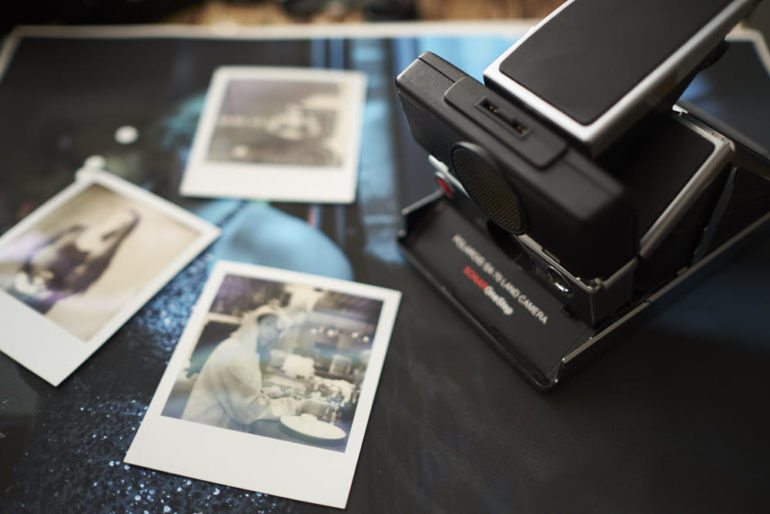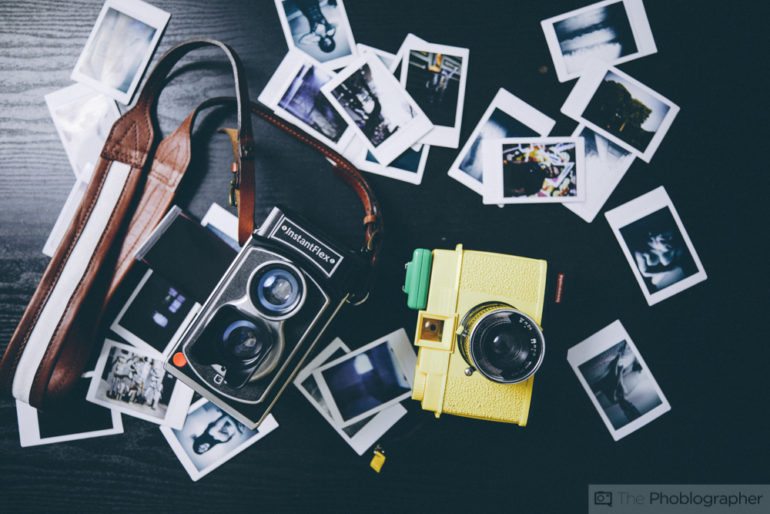Polaroids and Instax are films designed to be an easy, all-in-one solution.
Polaroids and Instax are some of the most fun ways to take images these days. Millenials are in love with them, and taking an Instax image to share with someone else is one of the easiest ways to connect with folks. But believe it or not, not many people believe them to actually be film. In the case of the stuff that Polaroid puts out under the ZINK moniker, they’re not. They’re simply just a print of an image. But real Polaroids are closer to what both Polaroid Originals and Instax make. While the former is a flawed medium embraced by artists, the latter is a medium with its own appeal. Generally speaking, it’s impossible to make someone look bad on Instax. But how that happens is an amazing process.
Polaroids Are a Darkroom in a Package
Polaroids and Instax have darkroom chemistry in them. When your camera takes a photo, it exposes the scene onto a film plane. That piece of film comes out with a natural photo frame in the form of the border on the Instax exposure. With the more common images there are a couple of parts: the pod (which contains the chemicals) and the imaging area. This imagine area is really what you care about. With Polaroids, you can take the imaging area out after the photo has been exposed and use it for something like a Polaroid press. But with Instax, you can’t do that: it’s complicated.
The Pods
So how does the development actually happen? Well, the pods contain all the chemicals to produce the image. If you looks at a piece of Instax or Polaroid film, you’ll see a really big part of the border. That is where the pod is located. These pods need to be handled carefully because if the emulsion chemicals spill out they can trigger the development of the image.
The Rolling Process
The most important part of all this is the rolling process. When the photos are rolled through the Instax or Polaroid camera’s rollers, the pod bursts. As the image continues to exit the camera, the rollers distribute the photo chemicals through the image evenly. This causes the development process to happen. Faulty rollers will result in faulty images.
Temperature
For this whole process to work, the film needs to be developed in a warmer climate. Polaroids are best done in the summer. In the winter, the emulsion freezes because it is liquid. Therefore when you shoot the image the chemicals won’t come through in the cold. Instead, you’ll get a dead photo. Sad, right?






